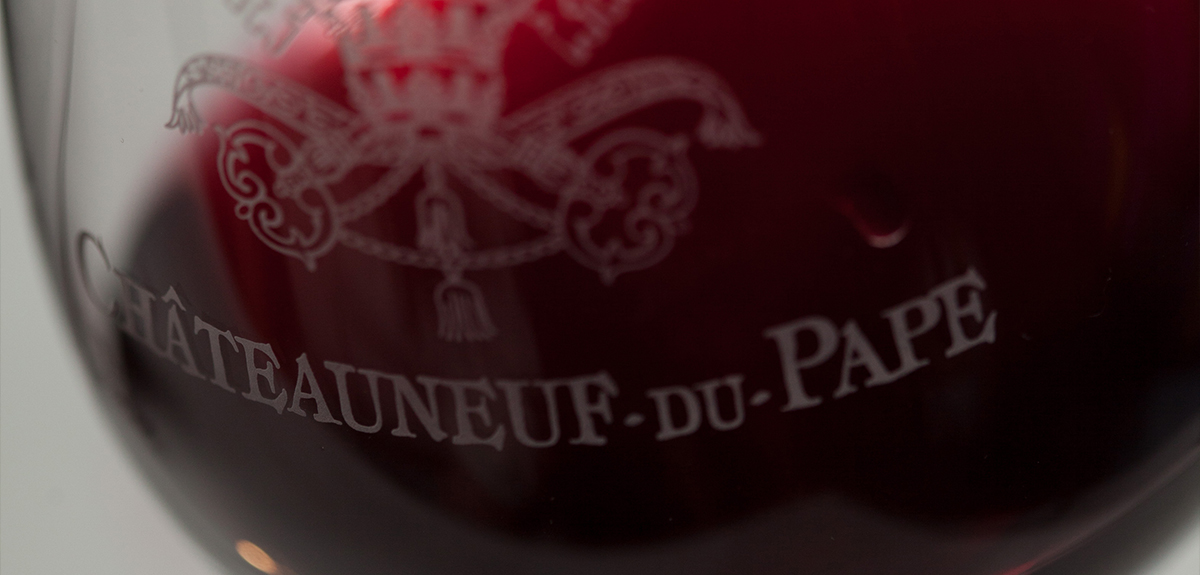
The Rhône appellations are classed using a 3-level system
The criteria which define an AOC (Appellation of Controlled Origin) are due mostly to the geographical area, the number of grape varieties allowed, the maximum yield per hectare, the minimum ABV, pruning method (gobelet, Cordon de Royat …), harvesting method (manual, mechanical) and the irrigation conditions.
The Rhône valley appellations are classed according to 3 different levels:
1st level, the Crus:
- 8 to the north: Côte-rôtie, Condrieu, Château-Grillet, Saint-Joseph, Crozes-Hermitage, Hermitage, Cornas and Saint-Peray
- 8 to the south : Vinsobres, Rasteau, Gigondas, Vacqueyras, Beaumes-de-Venise, Lirac, Tavel and Châteauneuf-du-Pape.
- Yield limited to 35 hectolitres per hectare (or hl/h).
- Only the Cru can appear on the label. For example: Châteauneuf-du-Pape.
2nd level, the Côtes du Rhône Village:
- Grow in 95 communes and represents 15,000 hectares.
- Yield limited to 42 hl/h.
- By limiting the yield to 40 hl/h, certain communes can have its name on the label. For example: Cairanne – Côtes du Rhône Village.
3rd level, the Côtes du Rhône:
- Grown in 171 communes spread over about 40,000 hectares.
- Yield limited to 51 hl/h which makes one of the lowest yields for a regional appellation.
- The label will merely stipulate Côtes du Rhône.
The appellation system
The appellation system for Rhône wines thus resembles the Burgundian system: the term "crû" refers to the location of the plot and not to the holder of the plot as in the Bordeaux system.
However, the Rhodanian system has not implemented a classification system within the plots of its crus by classifying the plots as premier cru or grand cru.
Thus, you will not find a Châteauneuf-du-Pape 1er crû, but simply Châteauneuf-du-Pape.

